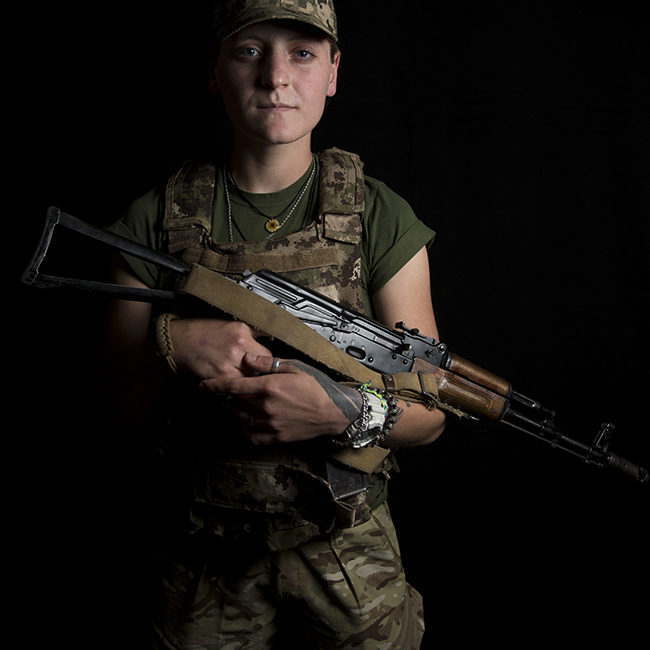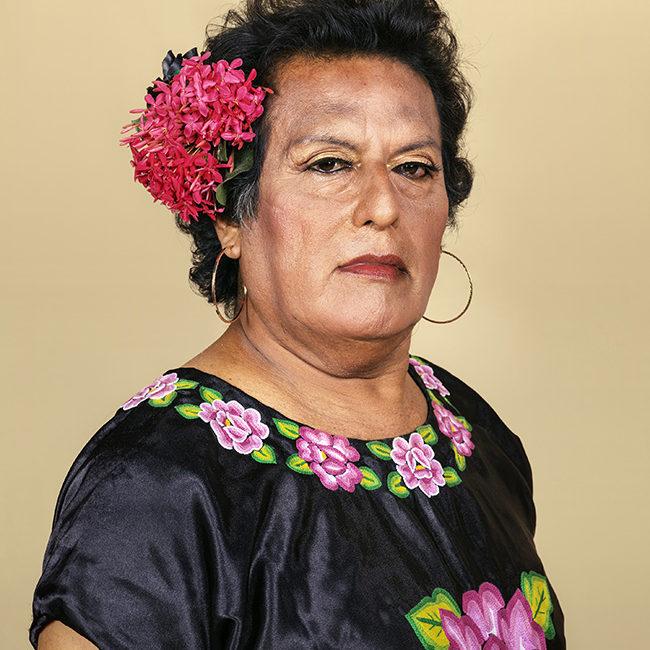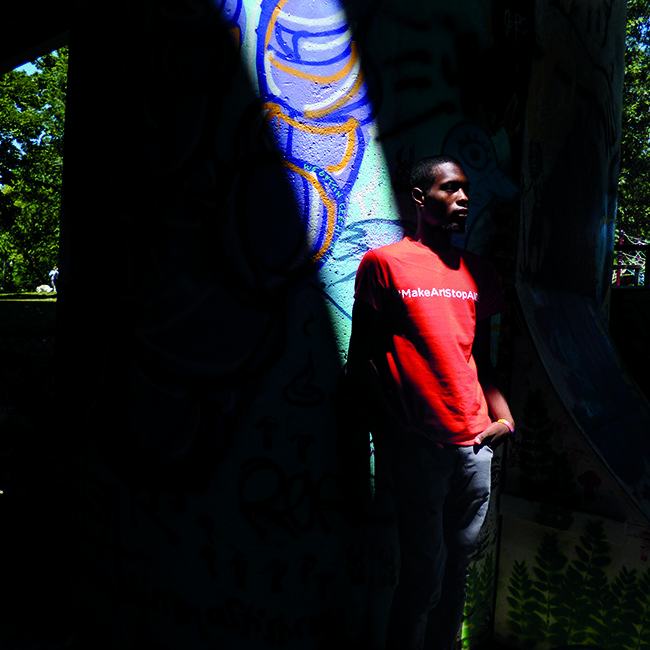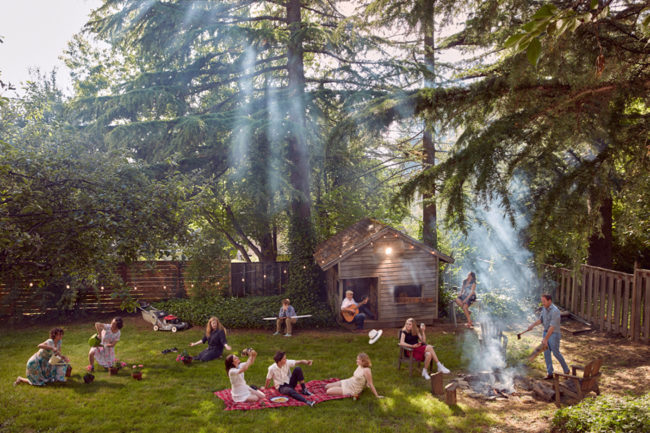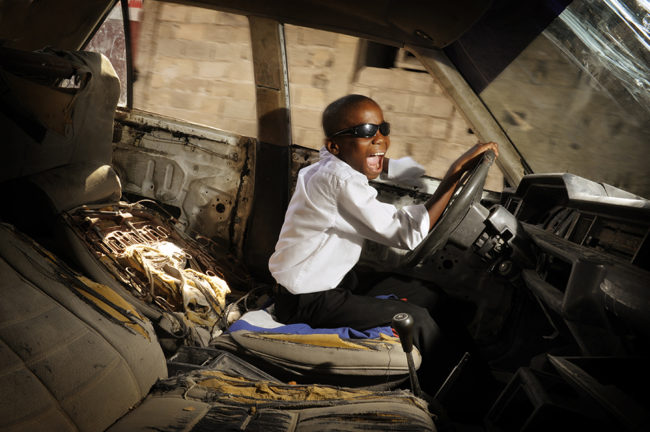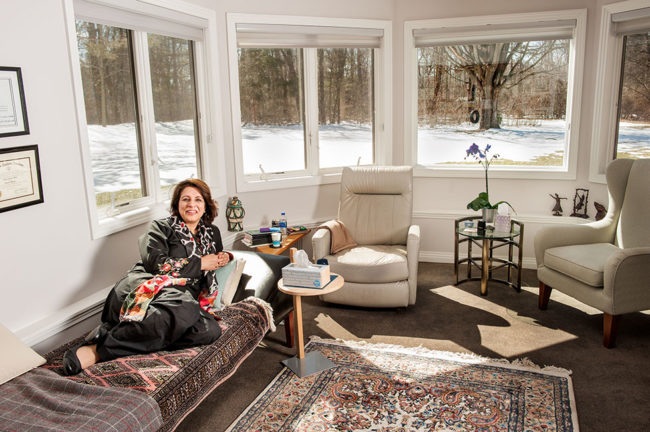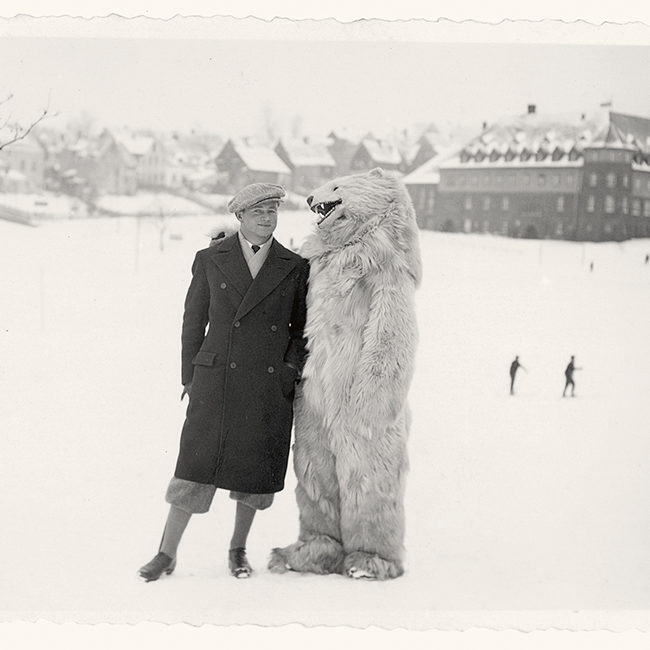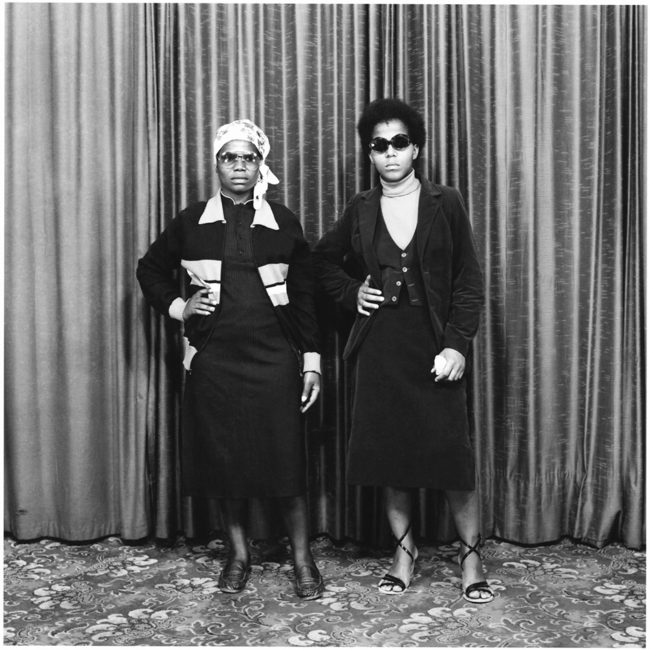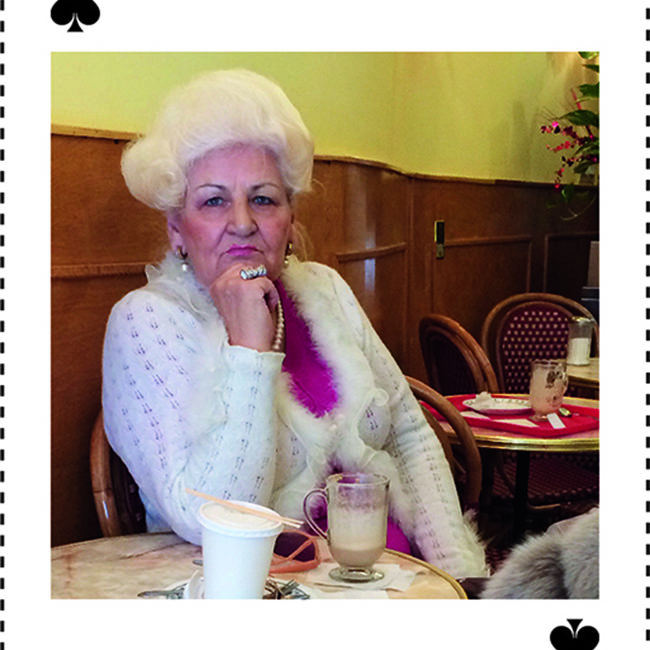In 2015, photographer Lauren Justice, who is based in Madison, Wisconsin, began working at a domestic violence shelter. Her interest in understanding domestic violence from the perspective of both the abused and the perpetrators, led her to attend a state-certified batterer intervention class for those who perpetrated abuse. During the period she was given access to the class meetings, Justice got to know the participants, a process that involved sharing her own history of being in an abusive relationship. Justice talks to PDN about the surprises and challenges she experienced while creating “What Would I Have Done if I Had Killed Her That Night?”, her series of portraits and interviews featuring abusive partners.
PDN: What drew you to this story?
Lauren Justice: I have been interested in understanding domestic violence for a number of years. When I moved to Madison in 2014 I started thinking about ways to work with the issue that would deepen my knowledge of how it impacts people at both an individual level as well as a community level. I started volunteering at a domestic violence shelter and then transitioned into a part-time staff role while continuing my freelance photography career.
One of the reasons I wanted to focus on the perpetrators of abuse for this project was because I was seeing victims return to the shelter multiple times, and I was curious about what was happening on the other side of the relationship. I wanted to understand the root cause of domestic violence as well as get to know the programs currently in place that were working with the perpetrators of abuse.
PDN: Was it difficult to gain photographic access to the batterer intervention classes? What did this involve?
LJ: It took several months to gain access. Ultimately, the successful route came through a meeting with local facilitators. I pitched my idea for the portrait series to them and one woman had a client in mind, Victor. Victor’s facilitator, Kerry, was open to me observing the class. At that point I didn’t know if anyone else in the group would be interested in participating.
I reached out to programs all over the state and this class was the only one that I found access to. There were other counselors and facilitators I spoke with who were open to the idea, but at the time nothing panned out.
PDN: How did you explain the story to the class participants? Why do you think the seven men you photographed and interviewed agreed to the project?
LJ: I told them that I was hoping to understand both sides of the relationship and hoped to hear their perspective. I let them know that a goal of the work was to have the portraits and interviews published in a newspaper, magazine, book, or exhibit, so it would be publicly accessible. I had release forms for them to sign if they were interested. On a couple of occasions they would direct questions towards me about my personal experience with domestic violence and the impacts of abuse on victims or about what it was like working at a shelter, and I would try to be as open and transparent as I could. Many of them told me that they agreed to be interviewed because they wanted their words to reach younger men. One said that when he was growing up he didn’t have anyone teach him about healthy relationships and he wanted others to know the consequences of abuse.
PDN: How long did you spend on this project?
LJ: I spent ten months observing classes, taking portraits, and doing interviews. Outside of that were several months worth of work reaching out to people and organizations looking for access and resources.
PDN: What work did you do at the shelter? Are you still working there?
LJ: I worked at the domestic violence shelter on staff from October 2015 until October 2017. I worked in the house with residents and their children helping to provide immediate needs such as food and clothing and also provided emotional support. I answered the help line, did assessments with callers and walk-ins who were looking for shelter, helped manage the wait list, performed intakes and prepared rooms for new residents. On multiple occasions I set up a photo booth during holidays in order to give the families and individuals photos that they could take with them when they left.
PDN: While making this work, what surprised you?
LJ: I was surprised that so many in this class even wanted to talk with me. One of them wants to continue talking to people about the impact of his actions as a way to help prevent intimate partner violence in other relationships.
PDN: Other than access, what were some of the challenges you faced?
LJ: One included challenging my own perception of abusive partners. I spent a lot of time after classes talking with the counselor about what we heard that day, about some of the interviews and meaning behind behaviors and language. Coming in with a heavy background of working with and knowing many victims and survivors, I tried hard to be open and thoughtful about my own interpretations of what was being shared with me, and I wanted to make sure I wasn’t projecting something of my own making onto a situation.
PDN: What did you enjoy most about the project?
LJ: I enjoyed the process of seeing behavioral change occur within the class. Watching as men who were initially skeptical of the classes start telling newcomers about the benefits of what they were learning gave me hope. Some who started the program describing their partners using curse words would eventually call out others for doing the same, taking accountability into their own hands.
PDN: What are you hoping viewers will take away from this story?
LJ: I hope viewers will carry these conversations into their lives and talk with people they know about it. There is so much shame surrounding domestic violence; being vulnerable and opening up if it’s safe to do so can be a step towards prevention, understanding, and change. I’ve heard multiple people say that they weren’t aware these programs existed, and while the classes do have controversial success rates, being aware of available resources can open a person’s worldview to a new way of living.
PDN: Is there anything else you would like to add, or want people to know?
LJ: If you or someone you know is in an abusive relationship, there are a variety of resources you can utilize for help. Confidential help lines, as one example, are offered for abusive partners as well as victims, family members, and friends. They can be a means of support and potentially a starting point if talking to someone in person feels like too much, or if you are uncertain about what you are experiencing or how to respond.
-Sarah Stacke
“What Would I Have Done if I Would Have Killed Her That Night?”
By Lauren Justice
Originally appeared in the New York Times on March 2, 2019
Related Articles
Speaking for the Silenced
Amber Bracken: The Hardships of First Nations Police Officers
